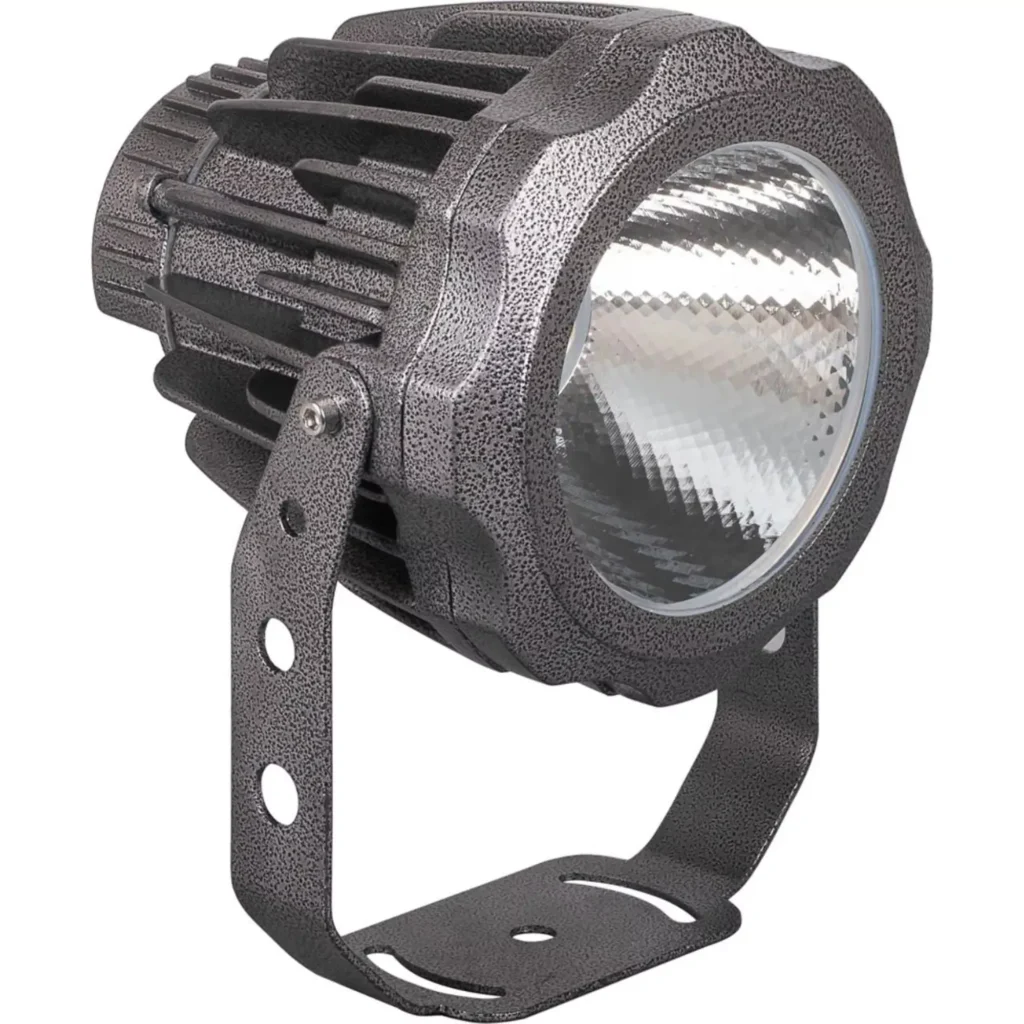Solar street lamps feature an increased light source which is powered by solar cells.

The panels are either incorporated into the pole, or placed onto the structure.
The solar panels charge a battery which powers an LED or fluorescent light at night.
Here are a few examples.
The solar panel’s voltage is utilized to detect light from outside and switch on or off the majority of solar light sources.
Solar streetlights are on all night long.
The solar streetlights are used for a greater duration than one night, provided there is a prolonged period when the sun does not appear in the sky.
The older models featured lamps that were not fluorescent or LED. The solar lights that are used in regions with wind are often equipped with flat-paneled solar panels. They are then able to deal with wind.
Modern battery management designs employ wireless technology.
This allows street lighting to be operated as a network, where each light can turn off or on the entire system.
Components
Four primary components compose solar street lights:
Solar panel
Solar panels are an important part of solar street lightssince they can convert solar power into electricity that can be used to power lamps. Street lamps that are solar powered are usually built with polycrystalline or monocrystalline panels. Monocrystalline panels are more efficient in conversion rate than polycrystalline ones. The wattage of solar panels can also differ.
Lighting fixture
Modern solar streetlights employ LEDs for their primary source of light source, as they have a significantly higher luminosity, and lower energy consumption. The energy usage of fixtures with LEDs is 50 percentage lower than the HPS counterpart that is used primarily for street lighting.
The LEDs do not require an initial warm-up time, which makes them suitable for use by motion sensors. This can result in further savings in energy.
Rechargeable battery
Batteries store the electricity generated by solar panels during the daytime and then supply power to fixtures at night. The life-cycle of the battery is essential to the long-term durability of the lightand its capacity battery will determine how many backup days.
Gel deep cycle cells and lead acid batteries are both typically used to power solar street lighting. The popularity of these batteries has led to the demand for a compact lithium-ion battery.
Pole
Solar street lights require sturdy poles as they typically include additional components, including fixtures, panels and batteries. The most recent designs include PV panels and electronics built into the pole. Another factor is the wind resistance.
There are also accessories for these poles like the battery box as well as a foundation cage.
Different types of solar street light fixtures on bus stops
Each street light can be equipped with itsown photovoltaic panel. It’s not connected with other streetlights. A set of panels could be erected on a different site to act as an energy source central to supply power to many streetlights.
Solar street lights that come in a single package have gained popularity due to their compact design. The small design incorporates the battery along with the other required components.
Las Vegas, Nevada is the first city in the world to test EnGoPlanet Solar Street Lights. They’re coupled with a kinetic tile which produces electricity when people walk on the.